Introduction
The Feed Grinder Mixer is an advanced and versatile piece of equipment designed for efficient feed processing in livestock and poultry farms. By integrating grinding and mixing functions in one unit, this machine allows farmers to produce high-quality, nutritionally balanced feed pellets from raw ingredients like corn, wheat, soybean meal, rice bran, and other protein sources.
In modern livestock and poultry farming, the quality and consistency of feed are critical to achieving optimal growth, improved feed conversion rates, and higher productivity. Traditional feed processing methods often involve multiple machines, which can be time-consuming, energy-intensive, and prone to inconsistencies. The Feed Grinder Mixer solves these problems by offering a compact, efficient, and user-friendly solution, capable of grinding, mixing, and producing uniform feed in one continuous process.
Whether used for poultry, swine, cattle, sheep, or rabbit feed, this machine is suitable for small-scale farms, medium-sized operations, and industrial feed production facilities, ensuring reliable feed quality, reduced labor costs, and improved farm efficiency.
Technical Parameters
Machine Type | Feed Grinder Mixer |
Capacity | 1–5 tons per hour (depending on model) |
Motor Power | 5–22 kW |
Voltage | 380V / 50Hz (customizable) |
Grinding Chamber Material | High-quality steel, corrosion-resistant |
Mixer Type | Paddle or ribbon mixer (depending on model) |
Mixer Capacity | 300–2000 kg per batch |
Feeding Method | Manual or automatic hopper feeding |
Pellet Diameter | 2–8 mm (optional for pelletization models) |
Noise Level | ≤85 dB |
Weight | 800–2500 kg |
Dimensions | 1800 × 1200 × 1600 mm (varies by model) |
Optional Systems | Pellet press, dust removal, PLC control |
Features of Feed Grinder Mixer
1. Integrated Grinding and Mixing
The machine combines grinding and mixing functions, eliminating the need for separate equipment, reducing processing time, and ensuring feed uniformity.
2. Adjustable Grinding Fineness
With interchangeable grinding screens, the machine can process feed into different particle sizes, accommodating the nutritional needs of poultry, swine, and ruminants.
3. Efficient Mixing
The ribbon or paddle mixing system ensures even distribution of nutrients, vitamins, and additives, producing homogeneous feed that improves animal growth and health.
4. Durable Construction
High-quality steel and wear-resistant components guarantee long-term durability, corrosion resistance, and stable operation under continuous use.
5. Energy-Saving Design
Optimized motor power and efficient grinding mechanisms reduce energy consumption, lowering operational costs while maintaining high throughput.
6. User-Friendly Operation
Simple controls, easy maintenance, and optional PLC automation make the machine suitable for operators with minimal technical experience.
7. Versatility
The machine is compatible with various raw materials, including grains, corn, soybean meal, rice bran, vitamins, and additives, and can be used for both animal and fish feed production.
8. Optional Pelletization
Some models integrate pellet press modules, allowing farmers to produce pellets directly from mixed feed, which improves feed intake, reduces waste, and enhances digestion.
Advantages
1. Improved Feed Quality
Uniform grinding and mixing ensure consistent nutrient distribution, promoting healthy animal growth and higher productivity.
2. Labor and Time Saving
Combining grinding and mixing in one unit reduces labor requirements, simplifies operations, and increases daily output.
3. Cost-Effective
Efficient design reduces energy consumption, maintenance, and feed wastage, providing better return on investment.
4. Flexibility
Supports various feed formulas and animal types, allowing farmers to adapt quickly to changing livestock needs.
5. Hygienic and Safe
Dust control systems and easy-to-clean design minimize contamination, ensuring safe and hygienic feed production.
6. Scalable
From small farms to industrial feed mills, the machine can be customized in size and capacity to meet diverse production needs.
7. High Efficiency
Optimized mixing and grinding mechanisms ensure high throughput with minimal downtime, boosting farm productivity.
8. Sustainable Farming
By producing high-quality feed on-site, farms can reduce reliance on commercial feed, lower transportation costs, and achieve sustainable livestock management.
Application Scenarios
1. Poultry Farms
Producing layer feed, broiler feed, and chick starter feed with customized nutrient content.
2. Swine Farms
Grinding and mixing grower, finisher, and sow feed, ensuring optimal growth rates and reproductive performance.
3. Cattle and Sheep Farms
Processing roughage, silage, and concentrated feed to improve digestion and feed efficiency.
4. Rabbit and Small Animal Farms
Producing high-quality pellets and mixed feed to support healthy growth and uniform development.
5. Industrial Feed Mills
Integrating with pellet presses, conveyors, and silos for large-scale feed production.
6. Aquaculture
Producing fish feed pellets with precise nutrient ratios for efficient aquaculture management.
Usage Instructions
1. Installation
Place the machine on a flat, stable surface.
Connect electrical wiring, grounding, and optional auxiliary equipment like pellet presses.
Inspect moving parts for proper lubrication and alignment.
2. Operation
Feed raw materials into the hopper evenly.
Set the desired grinding size and mixing time.
Start the motor and monitor output for consistency.
For pelletization models, adjust die and roller settings according to pellet size requirements.
3. Cleaning and Maintenance
Clean the hopper, grinding chamber, and mixer after use.
Lubricate bearings and motors regularly.
Inspect screens, paddles, and shafts for wear and replace if necessary.
4. Safety Precautions
Wear protective equipment when operating.
Avoid overloading the machine.
Disconnect electricity before maintenance.
Keep hands and loose clothing away from moving parts.
Frequently Asked Questions (FAQ)
Q1: What capacity does a feed grinder mixer have?
A: Depending on the model, capacities range from 1 ton to 5 tons per hour.
Q2: Can it grind both grains and coarse ingredients?
A: Yes, with interchangeable screens, it can process corn, wheat, soybean, rice bran, and other ingredients.
Q3: Is it suitable for small farms?
A: Yes, smaller models are ideal for small to medium-scale farms.
Q4: Can it produce feed pellets?
A: Some models include a pellet press module to produce feed pellets directly.
Q5: How often should it be cleaned?
A: Daily cleaning is recommended to maintain hygiene and prevent feed contamination.
Q6: Does it require electricity?
A: Yes, the machine requires motorized operation for grinding and mixing.
Q7: How long does the machine last?
A: With proper maintenance, it can last 10–15 years.
Q8: Can it handle additives like vitamins and minerals?
A: Yes, the mixer ensures even distribution of micro-ingredients for balanced feed.
Q9: Is it easy to operate?
A: Yes, simple controls and optional PLC automation make it user-friendly.
Q10: Can it produce feed for aquaculture?
A: Yes, with the correct formulations and pellet settings, it can produce fish feed pellets.
Conclusion
The Feed Grinder Mixer is an efficient, versatile, and reliable solution for modern livestock and poultry farms. By combining grinding and mixing functions, it produces high-quality, uniform, and nutritionally balanced feed, improving animal growth, health, and productivity. Its durable construction, energy efficiency, and ease of use make it suitable for small farms, medium operations, and large-scale feed mills. With optional pelletization and automation modules, it supports scalable and sustainable feed production, reducing operational costs, labor requirements, and dependency on commercial feed. Investing in a feed grinder mixer ensures consistent feed quality, better farm profitability, and optimized livestock management, making it an indispensable tool for modern farming operations.
Company Profile
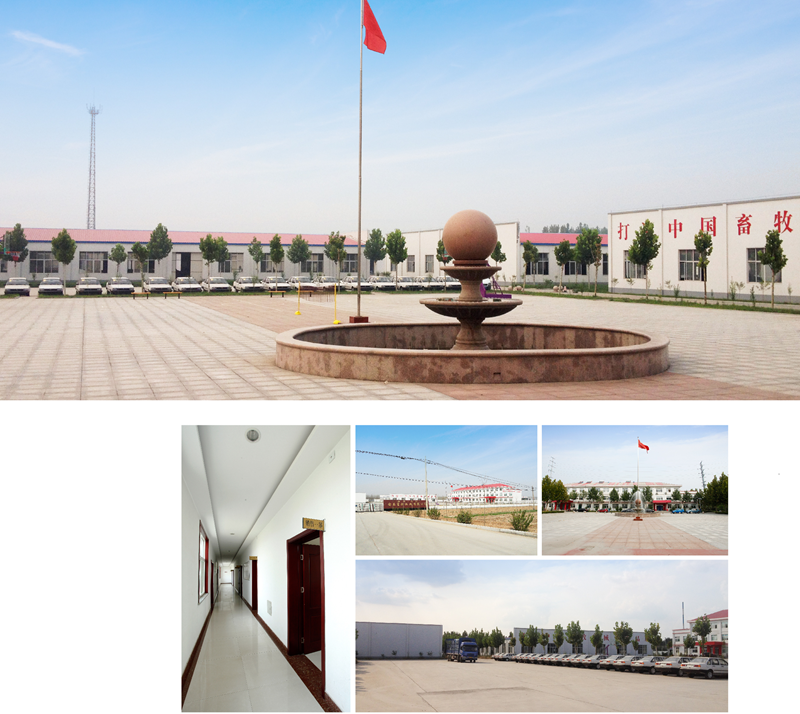
Shandong Huimin Qinle Livestock Machinery Co., Ltd. (formerly Shandong Huimin Qinle Livestock Machinery Factory) is a professional poultry equipment manufacturer with over 20 years of experience. We offer a comprehensive service package, from design (land and chicken coops), production (equipment and prefabricated steel coops), installation, commissioning, customer training, and after-sales service.
Located in Huimin County, Binzhou City, Shandong Province, China, the company has extensive experience in mechanical processing and manufacturing, as well as livestock machinery production and operation. With fixed assets of RMB 15 million, the company employs 160 people, including 30 R&D staff, and occupies a 40,000-square-meter factory. Equipped with over 110 pieces of advanced precision production equipment, including CNC machining centers and laser cutting machines, the company boasts a production capacity of RMB 50 million.
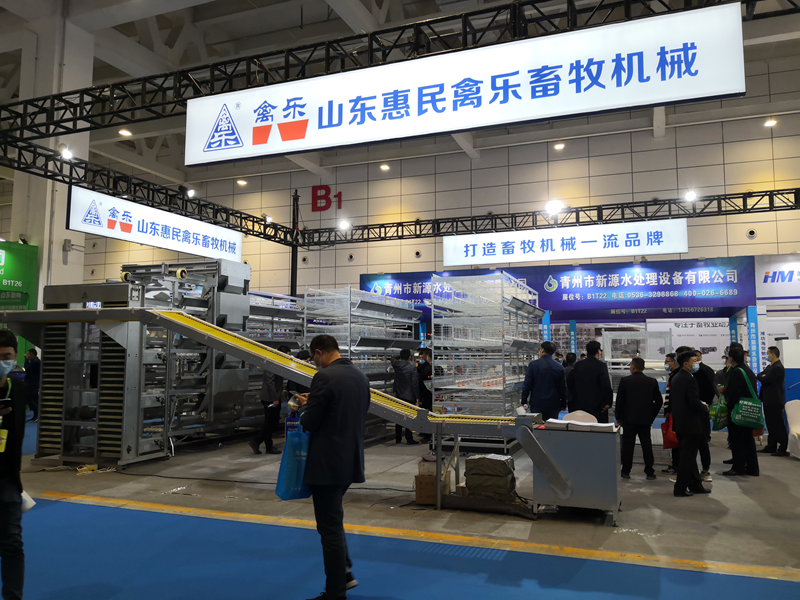


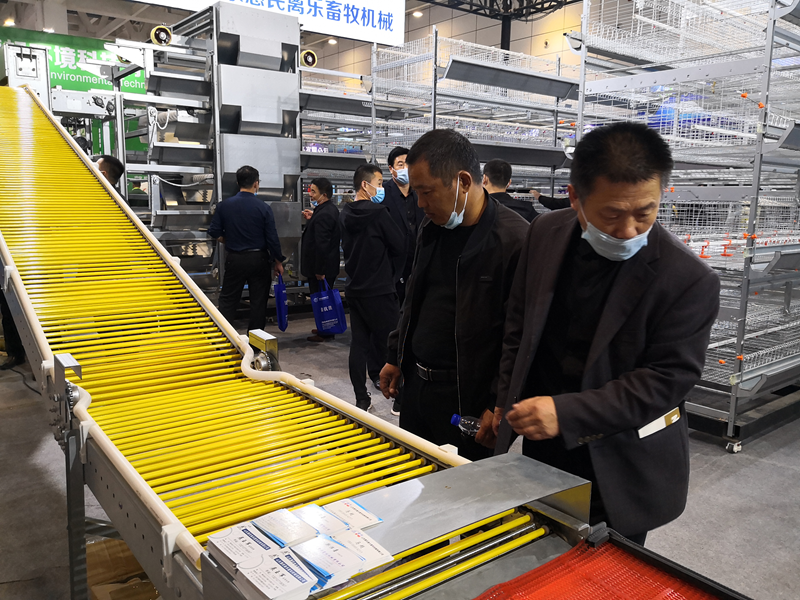
Chicken Farming Equipment Mesh Production Workshop

Machining Workshop

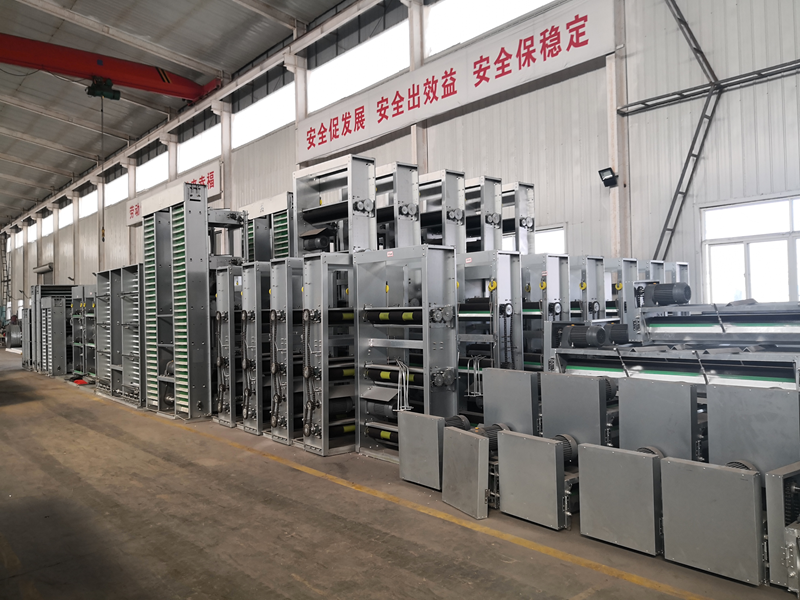
Turret-type CNC Punch Press, Laser Cutting and Other Machining Equipment



Fully Automated Roll Forming Production Line

Hot-dip Galvanizing Production Line

Electroplating Production Line

Environmental Protection Equipment

Chicken Farming Equipment Product Series
Egg-laying Hen Farming Equipment
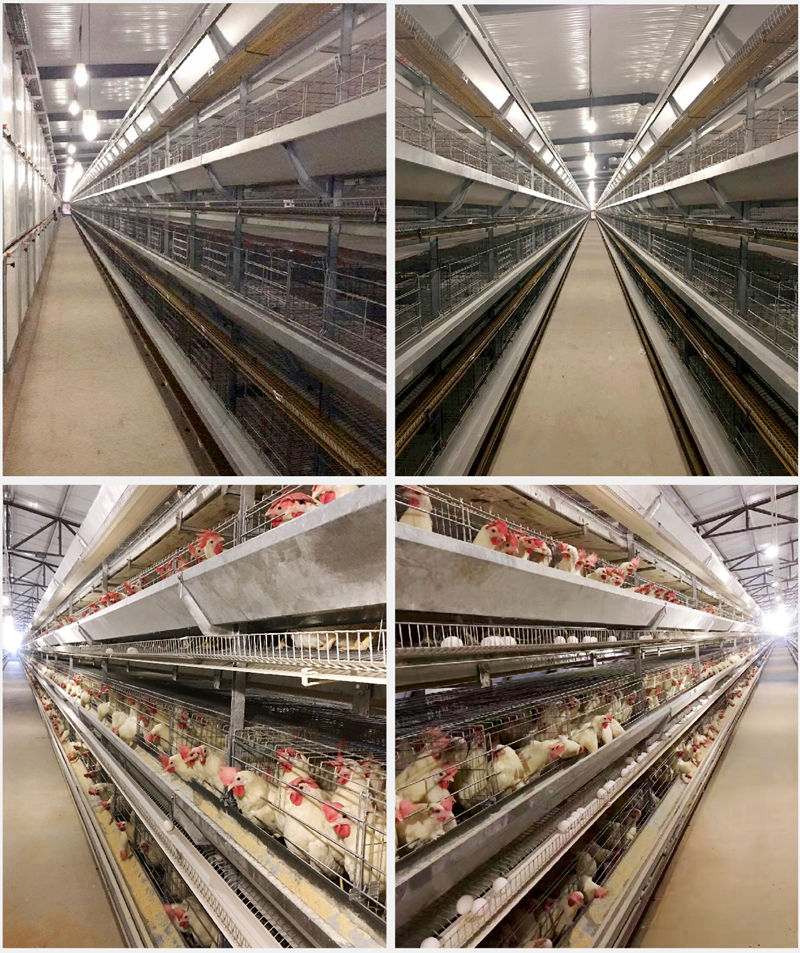
Stacked Brooding Cage Equipment

Stacked Broiler Cage Equipment
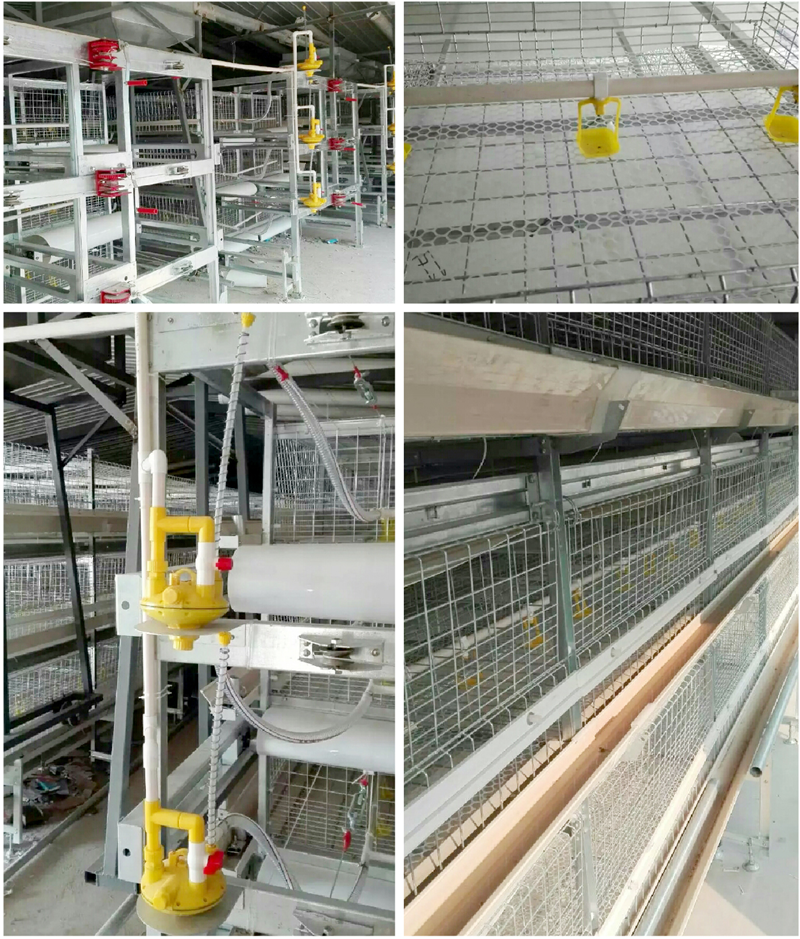
Stepped Layer Hen Cage Rearing Equipment
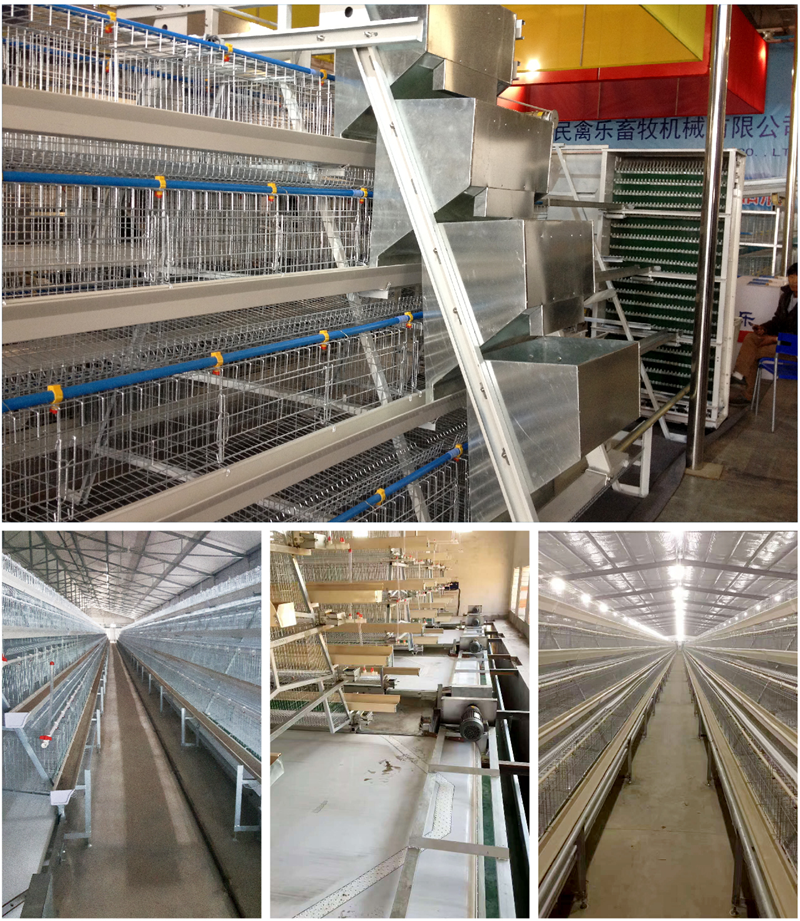
Automatic Egg Collection System

H-type Cage Feeding Machine
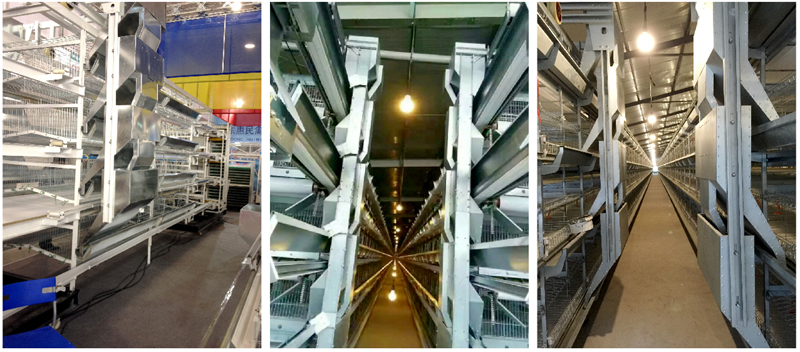
Stepped Cage Straddle Feeder
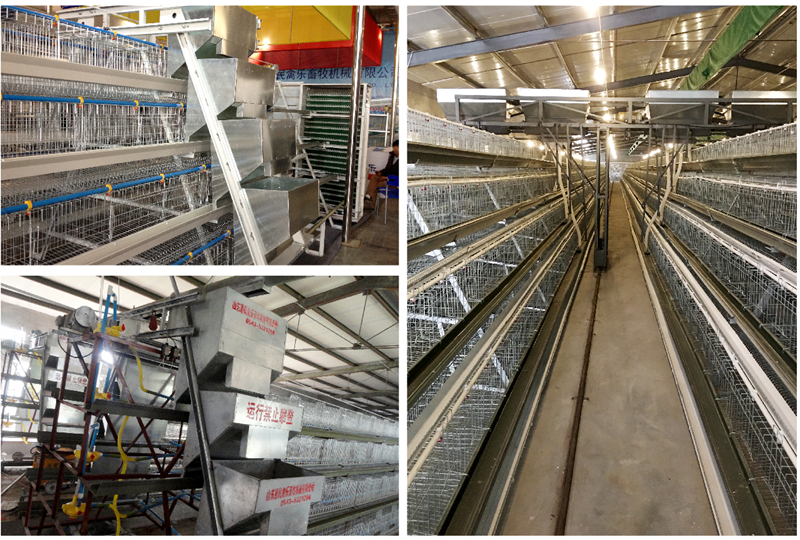
Manure Removal Machine

Fans, Heated Curtains, Environmental Control Systems, and Lighting Equipment
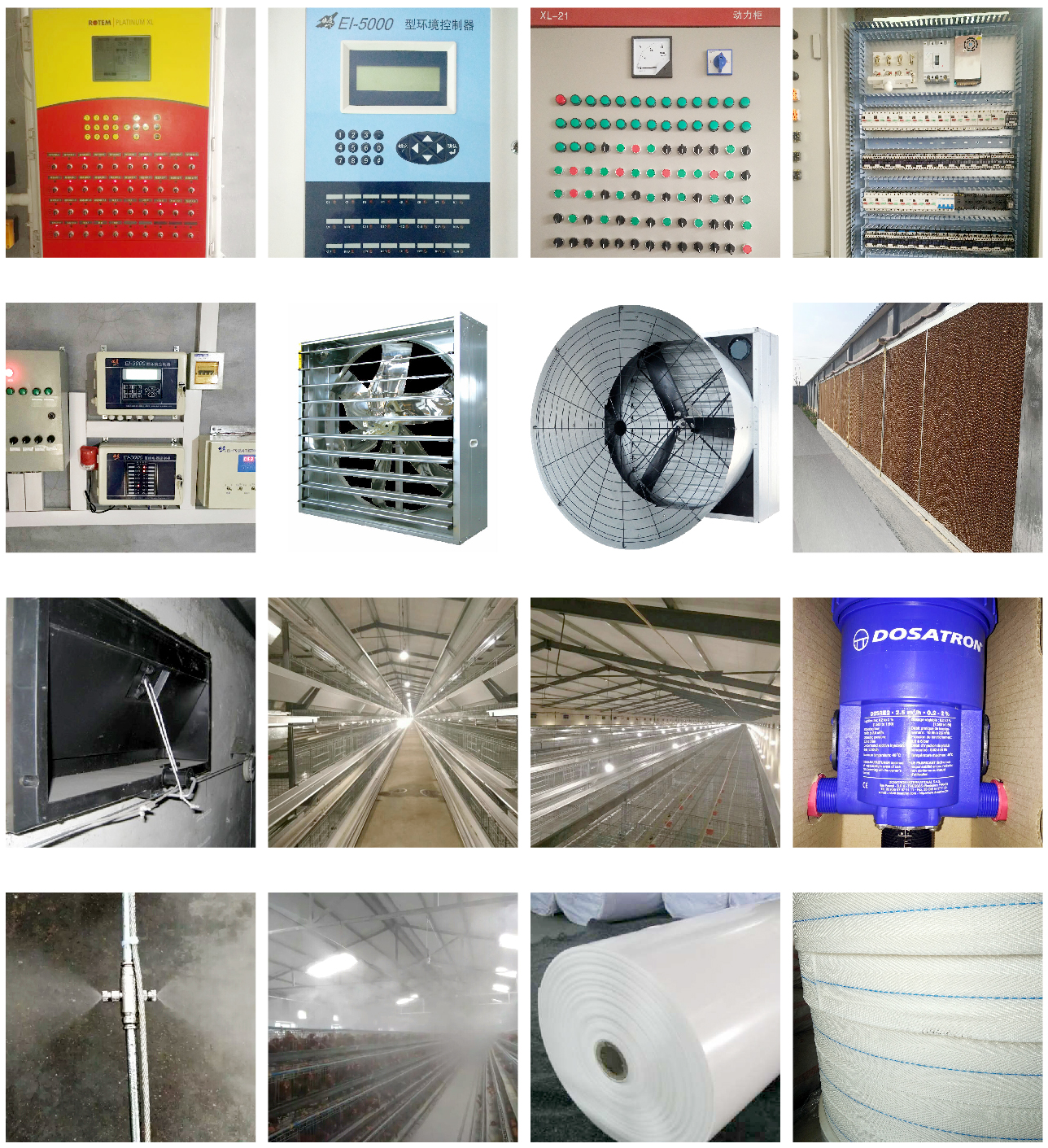
Complete Set of Equipment for Organic Fermentation Treatment of Manure


 Catalogue
Catalogue































 WhatsApp
WhatsApp Téléphone
Téléphone